When Art Partners with Science
Jewish artists are among the more than 100 joining Georgia climate scientists in a free art exhibit next month to help inspire action about global warming.
About a dozen Jewish artists are among the more than 100 joining Georgia climate scientists in a free art exhibit next month to help inspire action about global warming. The Women’s Caucus for Art of Georgia’s Art + Activism is sponsoring the upcoming exhibit, One Earth/One Chance, at the Clarkston campus of Georgia State University’s Perimeter College. The event includes a panel discussion March 12 with climate scientists.
The AJT spoke with several Jewish artists from Georgia whose work will appear in the exhibition about their aesthetic and intellectual views on global warming. The artists represent a mix of Jewish religious affiliations and ages.
Atlanta artist and psychologist Karen Schwartz said she believes that collaborative efforts acknowledging interconnectedness, such as the one that generated the exhibition, is how to address the challenge of global warming. Schwartz said she chose her artwork for this show with the idea that art may help us approach difficult subjects that might otherwise be avoided.
“The global warming crisis infiltrates every aspect of our environment but may show up in ways that appear visually beautiful, especially at first. High or low water levels, burnt out landscapes, unseasonal foliage and blooms are all indicators of environmental disturbance, but may invite complacency as we witness transitions and transformations that embody beauty, along with the ugliness of a destructive human hand on our natural environment,” she said.
Schwartz’s collage and mixed media piece in the show, “Pods,” is one of a series of abstract works on paper inspired by beautiful seaside and garden settings. She said the piece was chosen because it hinted at ominous change embedded in the beauty of nature.
From Jesse Bathrick’s statement on the WCAGA’s website, she describes what fuels her art making is the urgency for action, advocacy and truth telling. Messages of scientific facts are found within the leaves of her collage, “an accurate portrayal of the weight of the evidence.”
Bathrick stated that she believes artists “are the mirror reflecting the beauty and intricate design of creation, sounding an alarm to be stewards we were meant to be of Mother Earth.” As a lifetime organic gardener, she states “that change is not a possibility; it is rather a reality.” She makes some personal observations with her art, stating that she no longer sees a sky that was once filled with migrating monarch butterflies or remembering when bees were plentiful, where today sometimes flowers go unpollinated.
When Eve Mannes circumnavigated Iceland in the Arctic Circle this past summer, the temperature was 70 degrees. She saw firsthand how icebergs were melting in Greenland. Mannes told the AJT it was that trip that compelled her to create “We Can No Longer Clown Round, Climate Change is Real.” To create it, she used mixed products: imported papers, chopsticks, upholstery cords and trim, appliques, Styrofoam and dried plant material.
“Flower Hamsa,” one of Hannah Podhorzer’s works, originally was a black and white amulet composition, but she later added color digitally using a computer. On WCAGA’s website, she stated, “The state of global warming feels like a continual act of violent discord – the opposite of peace.”
Sandrine Arons told the AJT that her photograph, “Rusted Sunrise,” presents “the confrontation between a sunrise over the forest near my house with the back of a logging truck from the rail depot a mile away. The overlapping contrast speaks to the inner struggle we face in our daily lives between choosing comfort at the expense of the air we breathe and the earth that sustains us.”
Susan Pelteson’s photography, “Touching Roots,” questions if forests will remain for future generations, imploring viewers to “replenish, renew or perish.”
Richard Stone uses macro-photography in his work “Eye of God” to enlarge close-ups of tree barks. In his online statement, Stone indicates “within a tree’s smallest details lives the breath of the universe.”
Margie Osheroff, in her online description of her figurative sculpture “Waves of Memory,” states that the work “depicts the angst that comes to all humans as they experience the destruction of the environment.” She continues to say that “Sadness prevails as the woman remembers the beauty of nature before it fell into a toxic decline.”
Callahan McDonough, WCAGA Art+Activism chair, said of the exhibition that “this collaboration of artists with scientists will provide pathways to resources and actions that individuals can adopt to aid in lowering the rising temperature, and eventually reverse global warming.”
The One Earth/One Chance panel discussion begins at 7 p.m. March 12 in the Fine Arts Department of GSU-Perimeter College, Clarkston campus. The exhibit runs through March 30. Gallery hours are 8 a.m. to 8 p.m. Monday through Thursday and Fridays 8 a.m. to 5 p.m. For more information, visit www.wcaga.org.
Flora Rosefsky, a member of WCAGA-GA ART+Activism, is a contributing writer for the AJT.



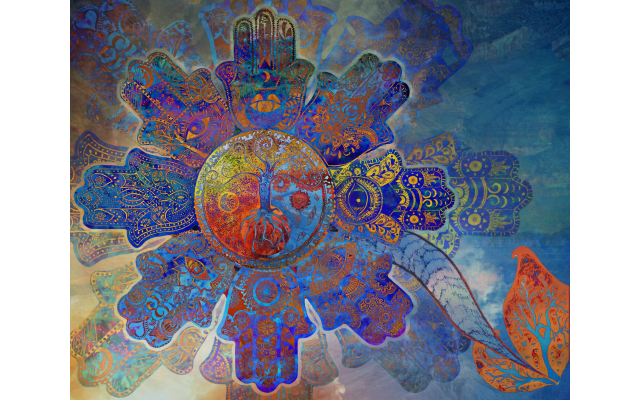
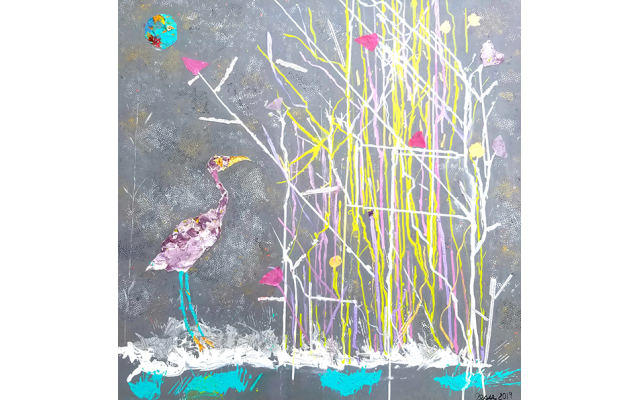
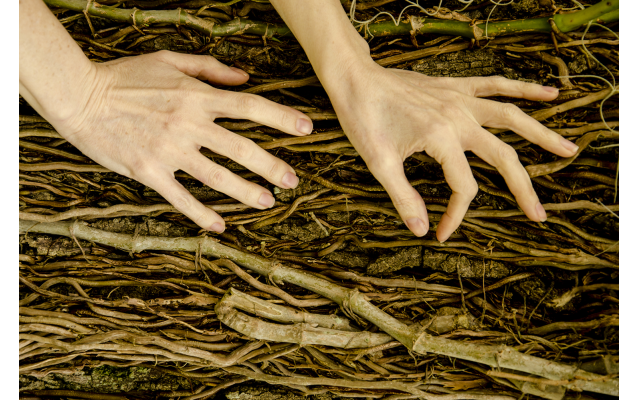
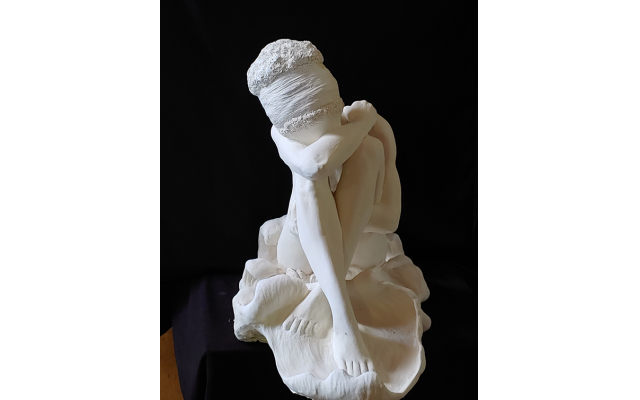
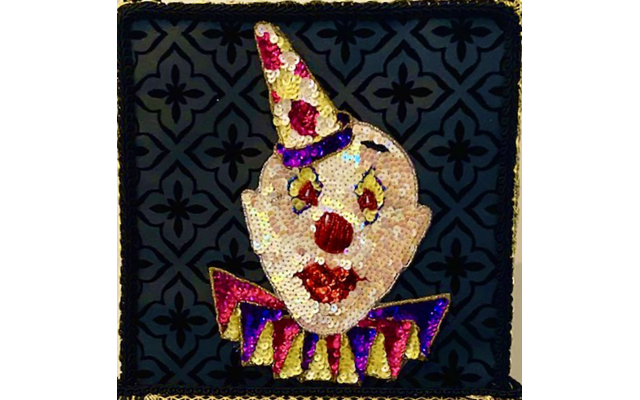
comments